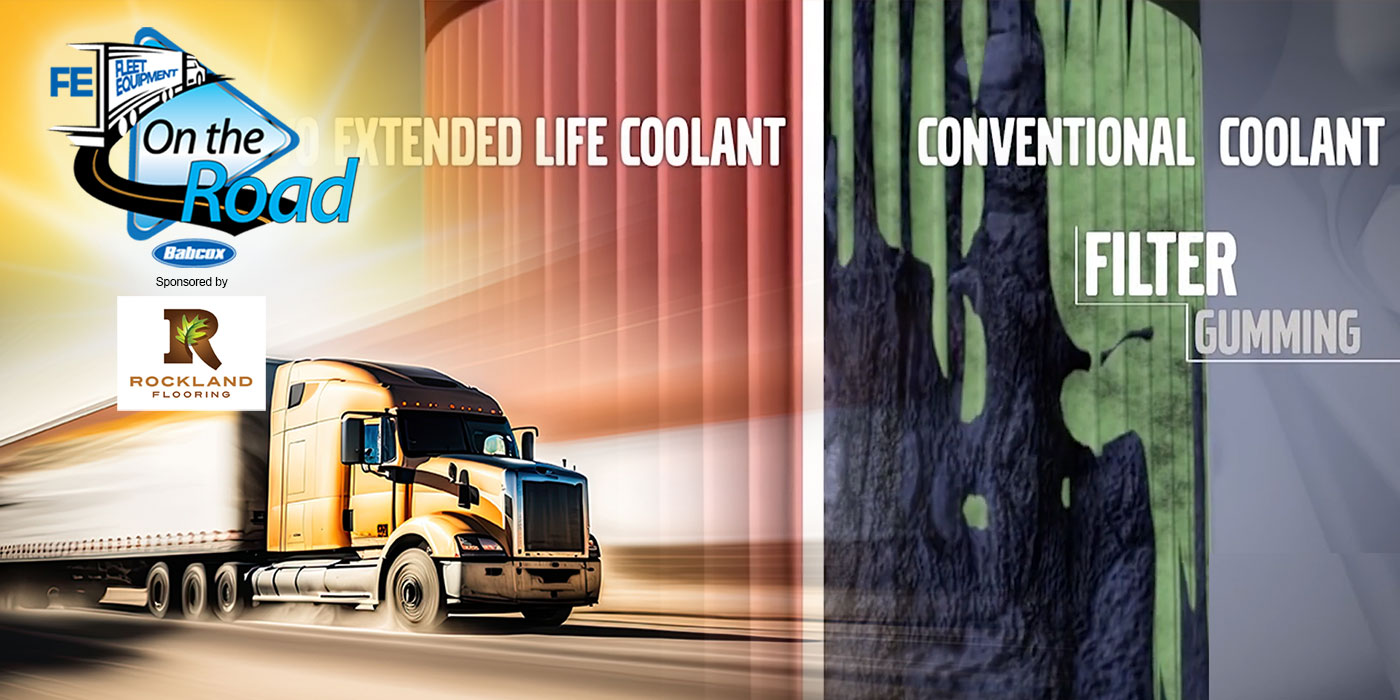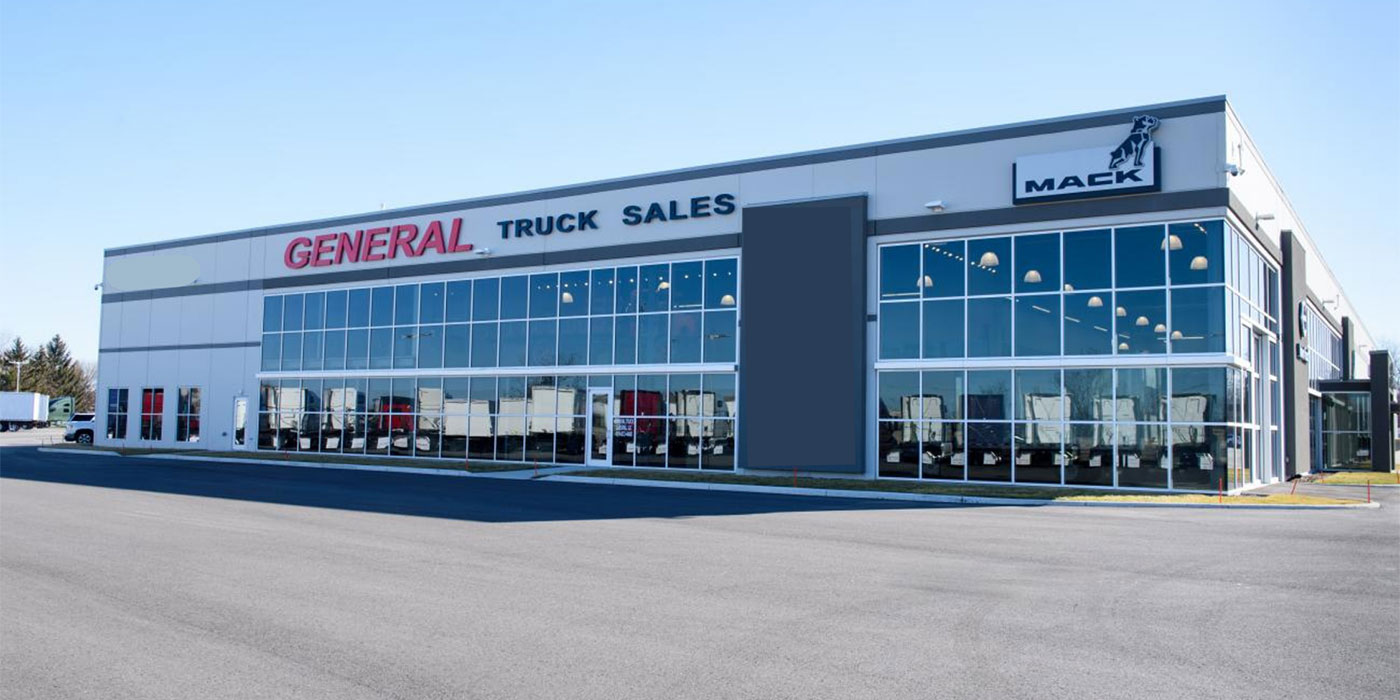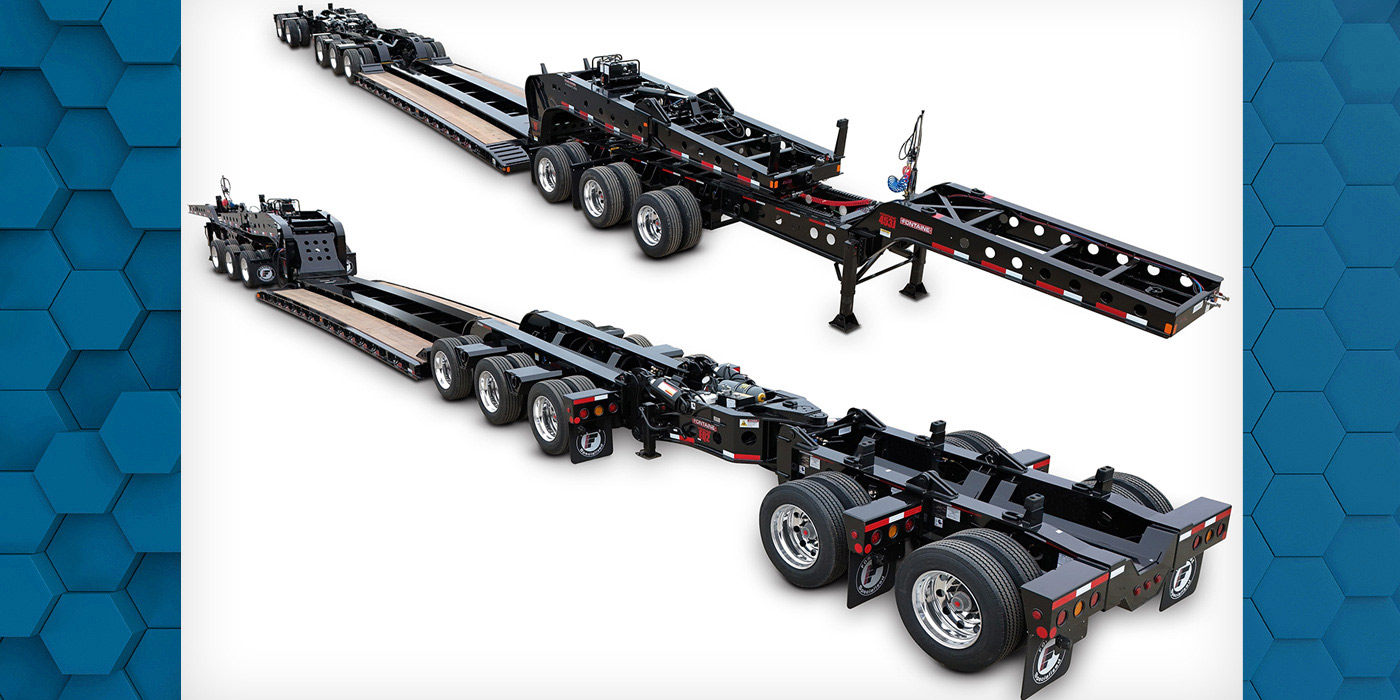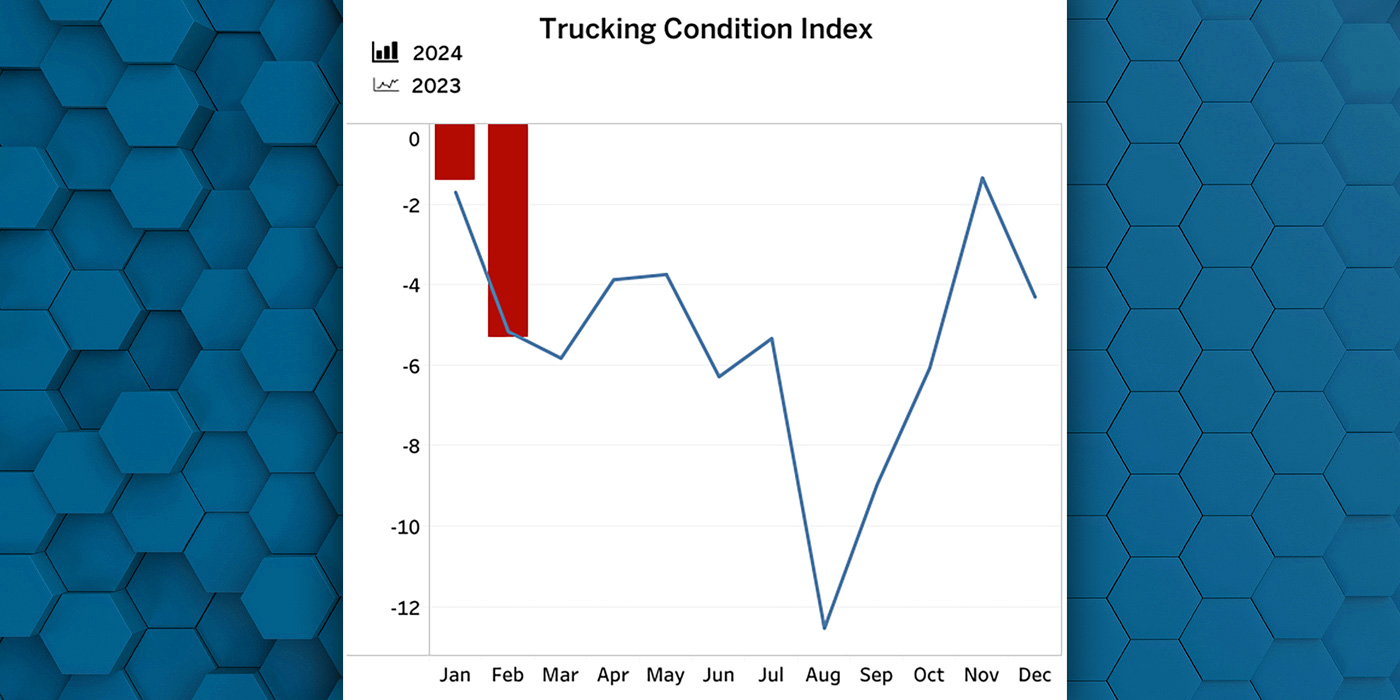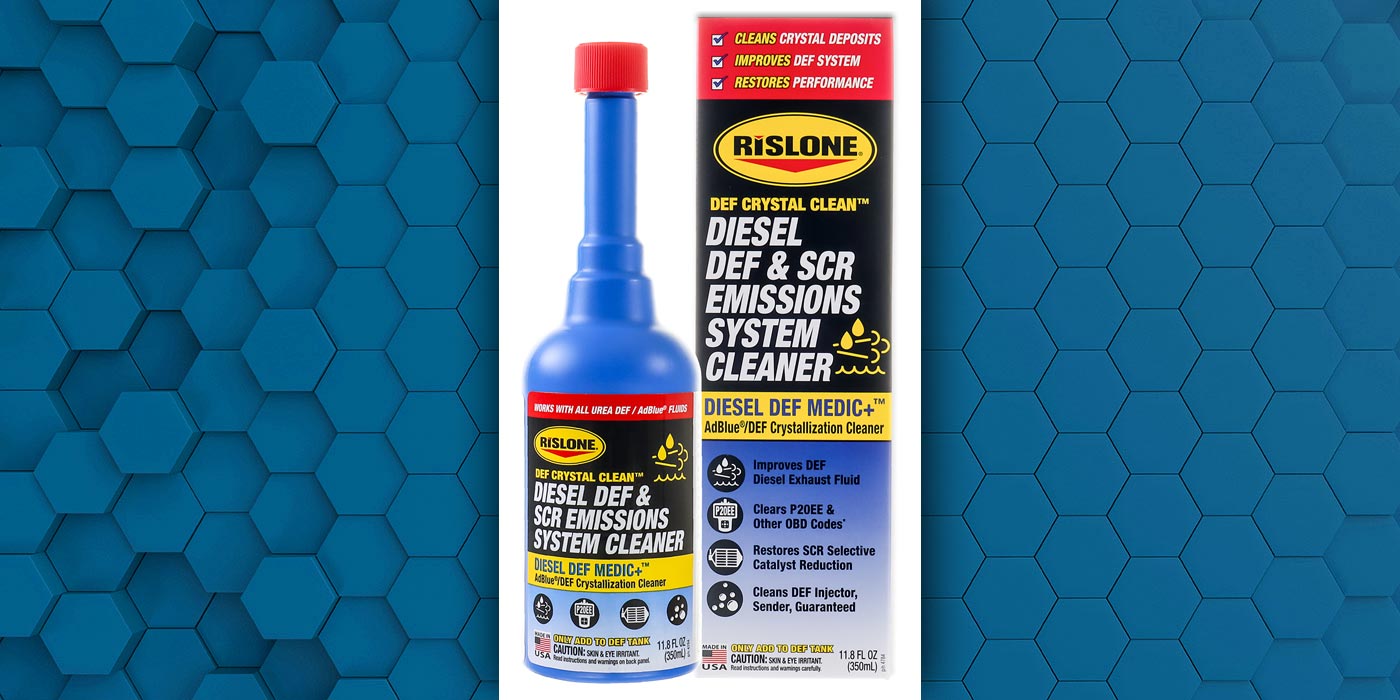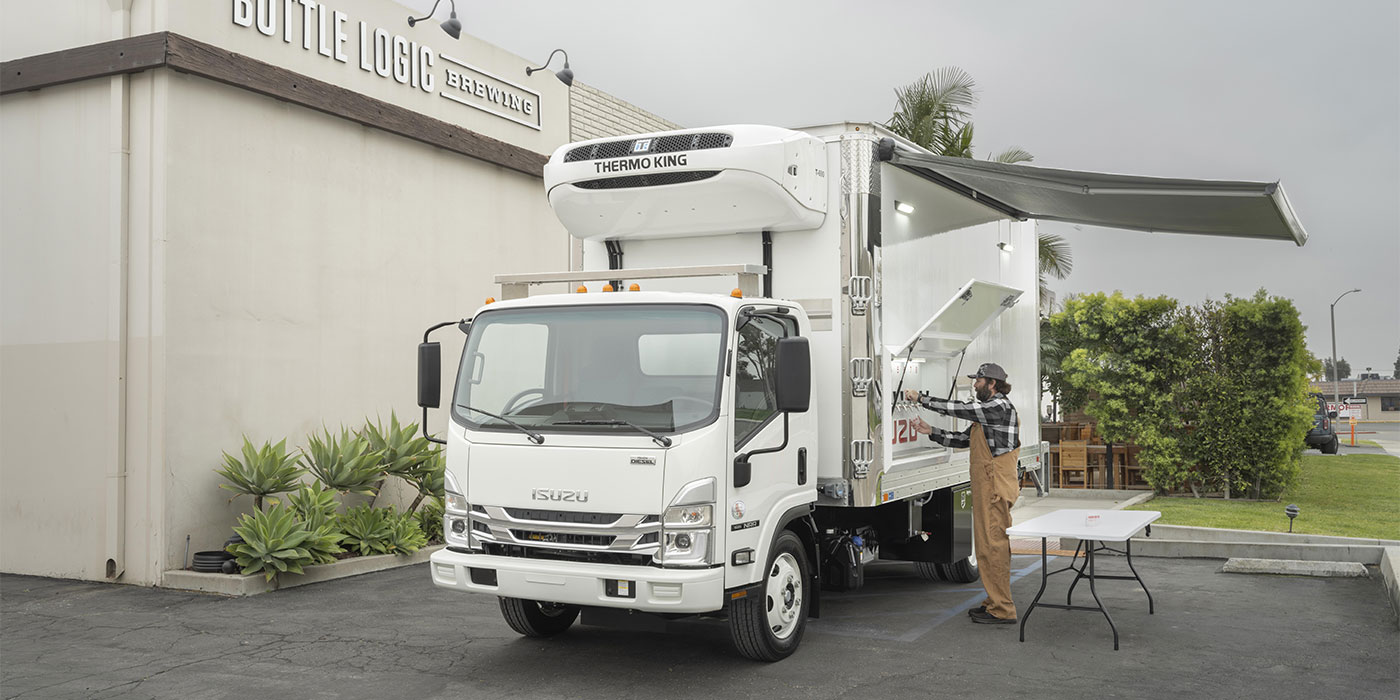With the introduction of the 2007 model year on-highway, diesel powered trucks comes the use of ultra low sulfur diesel (ULSD) fuel. Several months ago availability and quality were a concern, but now these issues have pretty much gone away.
Dan Arcy, technical marketing manager for Shell Lubricants, notes that the EPA mandated 80 percent availability for all on-highway diesel vehicles as of January of this year. Fleet drivers will still find some low sulfur diesel (LSD) at services stations and truck stops until December 1, 2010, when EPA regulations will require all highway diesel fuel to be ULSD.
ULSD is available at most retail locations where diesel fuel is sold. Both LSD and ULSD fuel are often sold at side-by-side pumps. How-ever, while mixing the two fuels in pre-2007 vehicles isn’t a major concern, it is definitely not advised for 2007 diesel engines. A single tank of LSD (sulfur content that can be as high as 500 ppm) can permanently damage the emission control equipment of the new 2007 engines designed to run on ULSD. Federal regulations require all diesel fuel pumps to have labels specifying the type of fuel dispensed (except in California where all diesel fuel must be ULSD). Educate drivers and technicians to look for decals. Also, look for the ULSD decal for 2007 model vehicles and newer.
Prep and purchase
For fleets that purchase and store ULSD, Arcy recommends some preliminary storage tank preparation.
“Fleets should pull down the tank to at least 20 percent capacity, fill it with ULSD, then draw it down again and refill with ULSD,” he says. “This should be done four consecutive times for best results.”
Storage of ULSD is pretty much the same as LSD. Good housekeeping practices should still be followed to avoid microbial growth and water contamination.
According to Ed Touma, manager – fuel, Penske Truck Leasing, “Penske has not experienced any difficulties with the availability of ULSD fuel since November 2006. However during the transitional period, May through October, there were spot shortage issues in many markets. This made turning tank inventories very difficult. These spot outages also contributed to volatile prices and large basis swings."
When purchasing ULSD for onsite fleet dispensing, Touma notes “Penske has not experienced any issues regarding quality control. ULSD and low sulfur diesel fuel share the same storage characteristics.”
Arcy says that good quality control begins with selecting a reputable fuel supplier, pre-cleaning storage tanks as he described above and properly labeling storage tanks and fuel pumps.
Fuel specs
As for other issues of concerns regarding ULSD, Touma says, “When using ultra low sulfur, Penske adds a lubricity agent wherever available. In the winter, Penske added an in-line winter additive package where geographically necessary, which at the terminal level improved the cold flow attributes of fuel to minus degrees Fahrenheit without loss of power.”
Polaris Laboratories agrees that removing sulfur from diesel fuel reduces the fuel’s lubricity, which is necessary for sufficiently lubricated injectors. The company points out that the additional steps required during the refining process to remove the sulfur from the fuel is what reduces its lubricity. Removal requires a different refining process and that process is what reduces lubricity. Preliminary data suggests that the reduction in lubricity causes injector-plugging problems. To combat this issue, some fleets and fuel suppliers are adding "non-sulfur" containing lubricity agents.
Reducing sulfur content in diesel fuel also causes the fuel to burn faster, which, in turn, will most likely reduce the number of miles per gallon. While there is not enough data to determine how significant a reduction it will be, some fleets are experiencing as much as a 5 to 10 percent reduction in fuel mileage.
Fleet managers should test bulk fuel deliveries to verify compliance with the new EPA requirements as well as monitor additive levels for maximum engine performance. As an EPA-approved laboratory for confirming that a fuel meets regulation standards, Polaris recommends the following tests to ensure compliance and to help fleet managers maximize efficiency and reliability:
Elemental Metals (ASTM D-5185) – Elemental analysis identifies any contamination by another fluid such as engine oil, coolant, etc. It also can identify corrosion problems.
Cetane Index (ASTM D-4737) – Calculated according to ASTM D-4737, using API Gravity and mid-boiling point, the Cetane Index is a measure of a diesel fuel’s ignition quality – similar to an Octane rating for gasoline. The minimum Cetane Index for #2 diesel fuel is 40.
Viscosity @ 40°C (ASTM D-445) – Viscosity is the measurement of a fuel’s resistance to flow at a given temperature. When viscosity is out of specification, fuel injector performance may be affected.
Distillation (ASTM D-86) – Distillation determines initial boiling point and separation of distillates at different temperatures, identifies dangerous or damaging gasoline contamination and helps verify levels of kerosene added during winter months.
Water & Sediment (ASTM D-2709) – Water and sediment can clog fuel filters and cause significant power loss, corrosion, fuel system component wear and promote microbiological growth.
Thermal Stability (ASTM D-6468) – A fuel’s thermal stability is represented by a percentage range that is based on its tendency to produce asphaltenes at high temperatures. Asphaltenes are tar-like, resinous substances most often responsible for clogging fuel filters. Fuel with a thermal stability of 80 percent or greater should not cause filter clogging. Fuels between 60 and 80 percent could have a marginal affect and values less than 60 percent will significantly reduce filter life.
Bacteria, Fungi & Mold – The presence of bacteria, fungi and/or mold indicates that fuel storage tanks have not been properly maintained. When present, water separates from fuel and accumulates at the bottom of storage tanks creating an excellent breeding ground for biological growth.
Sulfur Content ppm (ASTM D-2622) – Determining sulfur content confirms compliance with the EPA’s requirements of <15 ppm (parts per million).
HFRR Lubricity (ASTM D-6079) – This test determines whether or not a fuel meets the lubricity requirements needed to maintain maximum injector performance and can also be used to monitor appropriate lubricity additive formulations.
Pensky Marten Flash Point (ASTM D-93) – This test determines if the fuel will burn at the proper temperature.
Water by Karl Fisher (ASTM D-1744) – Water by Karl Fisher measures water by titration and is reported in either parts per million or percent by volume. It takes water & sediment one step further by determining how much water is present.
API Gravity (ASTM D-287 ) – API gravity determines fuel density and, along with distillation, is used to calculate the Cetane Index.
Cloud Point (Winter) (ASTM D-2500) – Cloud point determines at what temperature wax crystals first begin to form – gelling will clog fuel filters.
Pour Point (Winter) (ASTM D-97) – Pour point determines the temperature at which fuel will no longer flow. Winter additives or pour point depressants lower pour point to extremely low temperatures to prevent gelling.
As most fuel deliveries are simply added to existing bulk tank supplies, testing sulfur content should remain routine until older supplies are completely purged and all supplies meet the new EPA requirements of <15 parts per million. If adding after-market lubricity agents, testing should also be performed to maintain appropriate blending formulations.
All of the tests listed above should be done to verify fuel specifications. However, depending on what the customer wants to know, that series of tests can be done in a variety of combinations. For example, if the customer just wants to know how much sulfur is present, Polaris will test only for sulfur. If they are concerned about controlling contamination, they can just test for bacterial growth, fungi, mold, water etc. In short, testing can be customized to fit the customer’s needs.
Renewable Energy Group Inc. continues to work with petroleum distributors, refiners and terminals on biodiesel handling and storage issues. The group has recently released the following information on biodiesel fuel, which points out its benefits and its compatibility:
Biodiesel basics
• Biodiesel is made with a chemical process – transesterification
• Pure biodiesel, or B100, is product of manufacturing plant
• Produced to industry specs – ASTM 6751
• Can be run in diesel engines without modification
• Utilized in blends from B2-B99.9
Advantages of biodiesel emissions
• Sulfur emissions reduced with even small blends
• Carbon monoxide, particulate matter reduced
Positive performance attributes
• Lubricity:
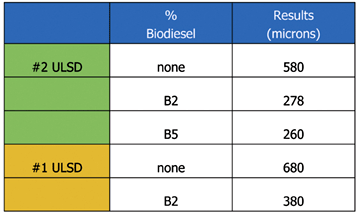
• Utilized in ultra low sulfur diesel situations
• Replacement for lubricating additive
Positive energy balance
• 3.24 BTU produced from 1 BTU of energy
• Locally refined from local feedstocks
• Safety in biodiesel
• Biodegradable
• Biodegrades as fast as sugar
• Biodiesel blends accelerate biodegradability of petroleum diesel


